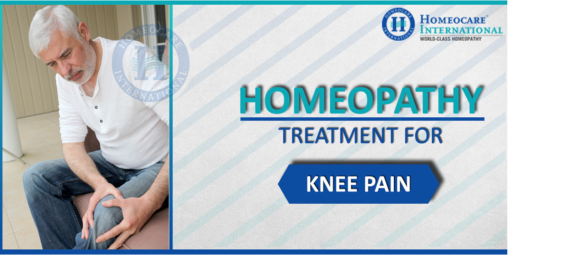What is knee pain and chronic knee pain?
The human knee joint is a complex phenomenon. It correlates knee discomfort with damage and the painful condition of the knee joint. When many aspects of the knee joints are not functioning, pain or inflammation has a stand. Knee pain has endured for a long time, and knee pain has turned into chronic knee discomfort. It can take place for many reasons, and it can cause it too painful to walk and disturb normal life. The knee comprises Tibia, Femur, Patella, Cartilage, Synovial membrane, Ligament, Tendon, and Meniscus. It appears, such as when someone slips and breaks a ligament. Other times, its onset is gradual because of pressure on muscles or ligaments from repetitive motion. It can still occur and go, such as when individuals have bursitis. Later, however, it finishes long and can develop into chronic. In most situations of chronic knee discomfort, it is for osteoarthritis. Knee pain happens because of osteoarthritis is a continual condition. Knee pain is one of the leading reasons men call on their doctor. Rest, ice, compression, and elevation (RICE) are suitable for knee pain caused by minor arthritis injury or flare. Give some rest to your knee, apply ice to decrease swelling, wear a compressive bandage, and keep a powerful knee, you may need to take further action. Temporary knee pain differs from chronic knee pain. Many individuals understand brief knee pain because of an injury or mishap. Chronic knee pain rarely goes away without treatment, and it is not because of one incident. It results from several sources or conditions. Many types of arthritis may influence the knee joint. Osteoarthritis, a degenerative joint sickness that disturbs middle-aged and older people, may lead to the disintegration process of joint cartilage and adjacent bone in the knees. Rheumatoid arthritis, which leads to the pain of the synovial membrane and results in excessive synovial flow, can lead to pain and rigidity. Traumatic arthritis, arthritis because of injury, may induce damage to the cartilage of the knee. We may consider an arthroplasty for someone who has serious arthritis or a serious knee injury.
What causes chronic knee pain?
Physical conditions or diseases can cause knee pain that includes, osteoarthritis, tendinitis, bursitis, damaged cartilage, arthritis caused by the growth of uric acid, baker’s cyst, cartilage destruction, dislocations, damaged ligament, and bone tumors. All such medical situations can cause chronic knee pain.
What is a natural treatment for knee pain?
A patient suffering from an injury or arthritis disorder has accepted many things to control knee pain, which are available commonly. However, if the pain is caused by inflammation, arthritis, or leg injury, some available options have proven to be productive that you can endeavor at home. At home, first aid provides significant relief from chronic knee pain. Take enough rest and apply ice to the inflamed knee are two major steps at home. Get off your feet and apply to your knee a cold compress or an ice bag. If you don’t have ice handy, chilled salads, such as peas, will work. To avoid swelling, wrap your knee with a pressure bandage, but it does not cut off circulation. Place your foot raised while you are resting. Formal exercise, weight control, heat and cold therapy, herbal ointment, ginger extract, Glucosamine, and chondroitin sulfate are the best genuine remedies accessible to manage knee pain.
How does it diagnose?
CT scanners combine multi-angle X-rays to start cross-sectional pictures of your body’s innards. When the joint is not inflamed, a specific CT scan can detect gout as well. Ultrasound technology uses sound waves to create soft tissue systems in and around your knee in real-time pictures. During the ultrasound, your surgeon may prefer to move your knee to multiple positions to check for particular issues. Besides, an MRI uses radio waves and a strong magnet to create 3D pictures of your knees inside. This assessment is efficient in exposing soft tissue injuries such as ligaments, tendons, cartilage, and muscles.
Homeopathy treatment for chronic knee pain.
In the new generation of diagnosis, where every illness has been accepted into a proper diagnosis, probably some set of syndromes just pass undiagnosed, but the pain in joints has some diagnosis value. This is the reason where homeopathy becomes a significant advantage to perform and a perfect choice to tackle the problem of chronic knee pain. Homeopathy is a symptom-based strategy of medication and the remedy will not work by some experimental diagnosis. There is no doubt about the efficacy, safety, skills, and various other parameters of allopathy knowledge and proficiencies. Allopathic medicines are always seeking to alleviate the symptoms of the disease by attacking or affecting the natural defense of the body while the homeopathy embraces the body’s natural response system by either encouraging the symptoms of healing or attacking the root cause of the illness.

